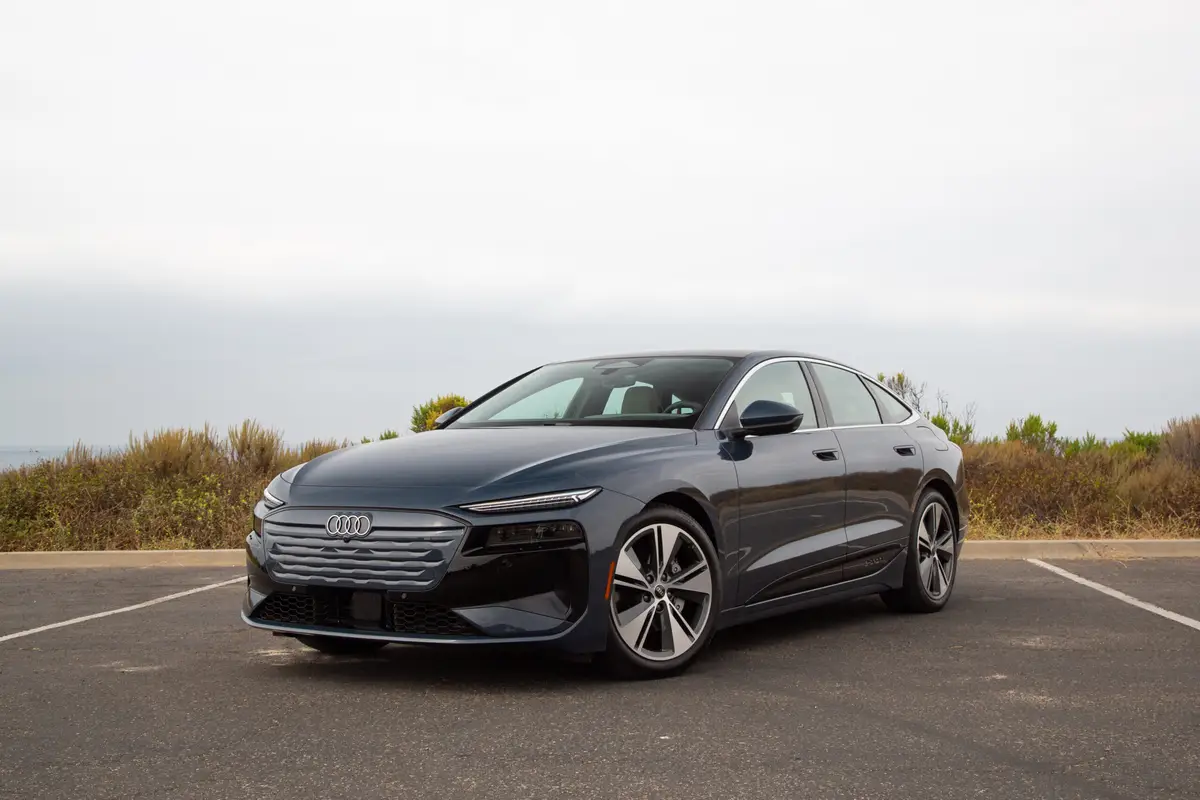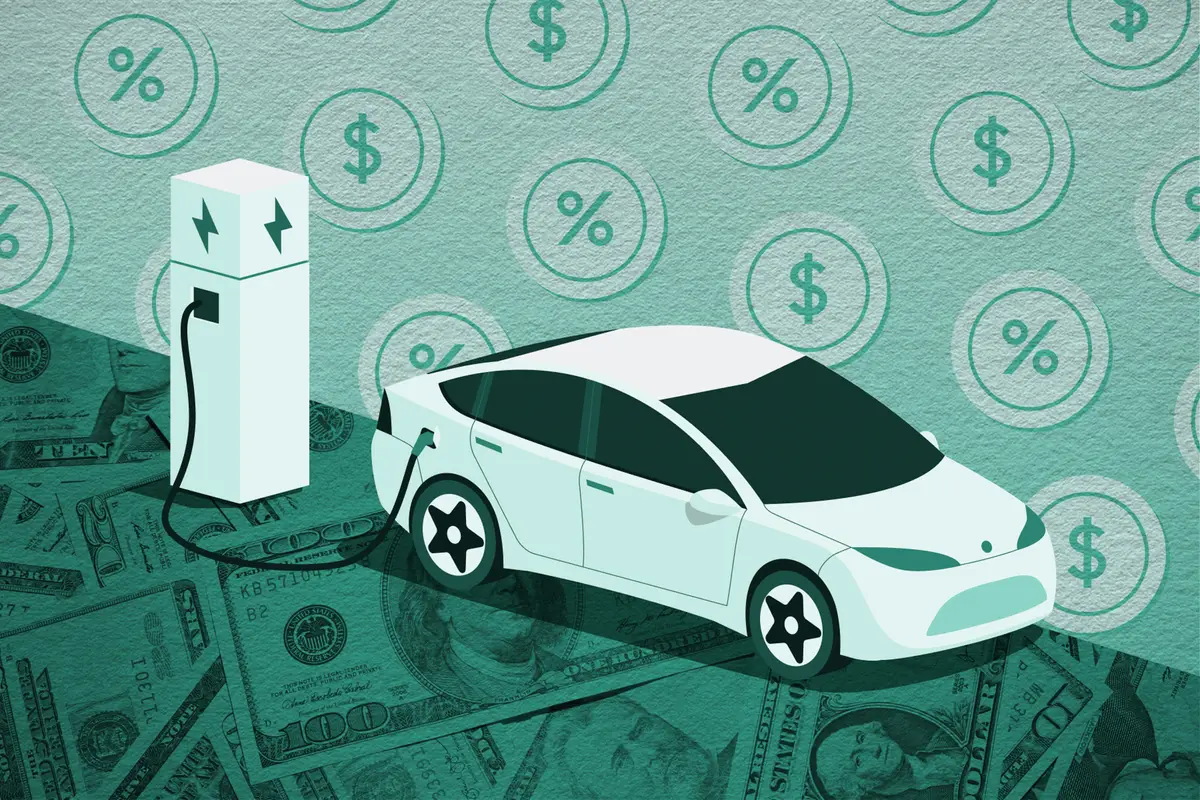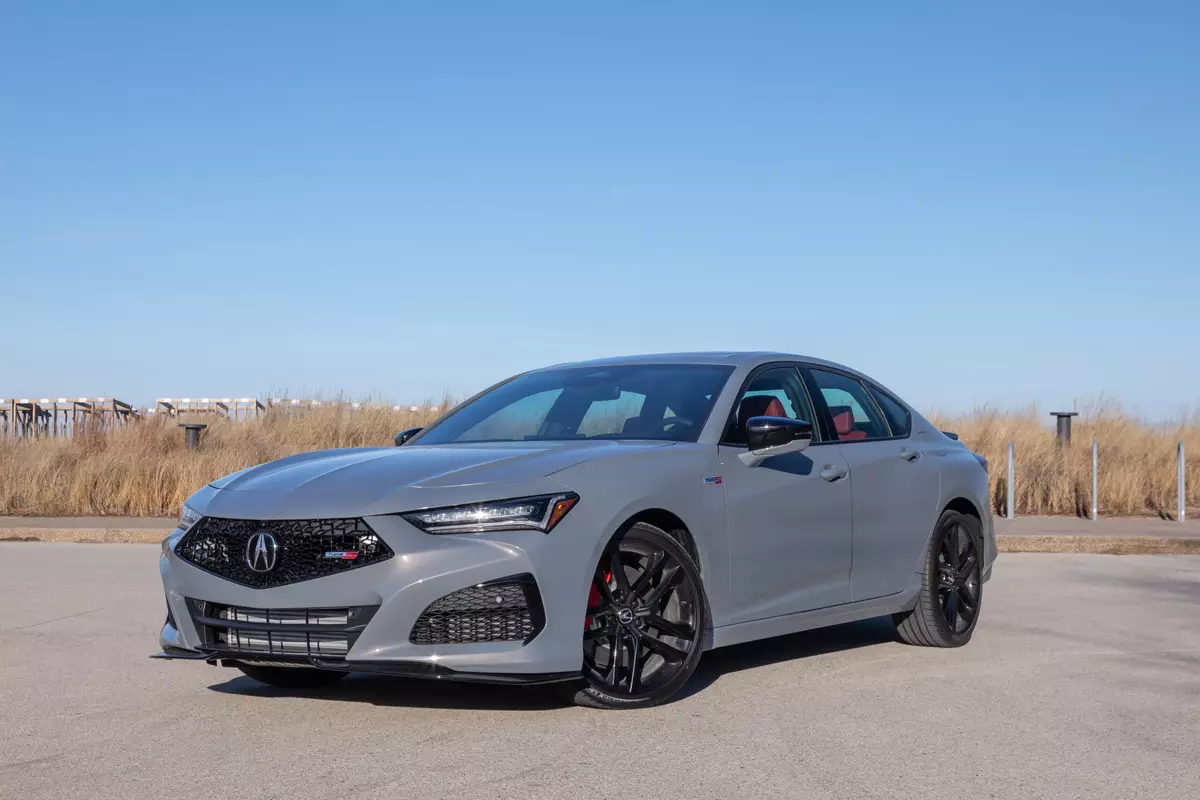2016 Chevrolet Malibu: First Drive

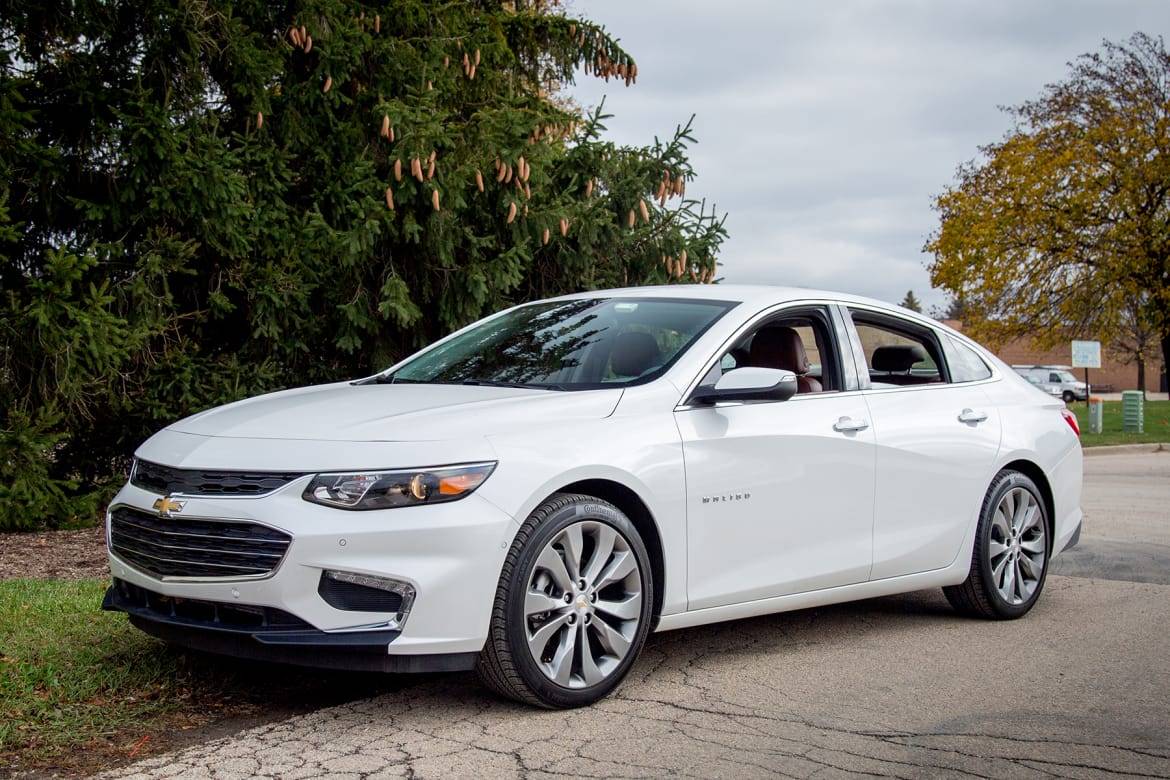
CARS.COM — In the midsize car class, the Toyota Camry and Honda Accord jockey for spots on the top 10 best-sellers list each month, shutting out others in the crowded segment, including the Chevrolet Malibu. With a redesign for 2016, Chevrolet’s entry should have a shot at the top — its polished looks outside are matched inside with a roomy cabin, refined powertrains and seamless multimedia system.
I drove the Malibu in Palo Alto, Calif., in midlevel LT and new topline Premium trim levels, and each delighted.
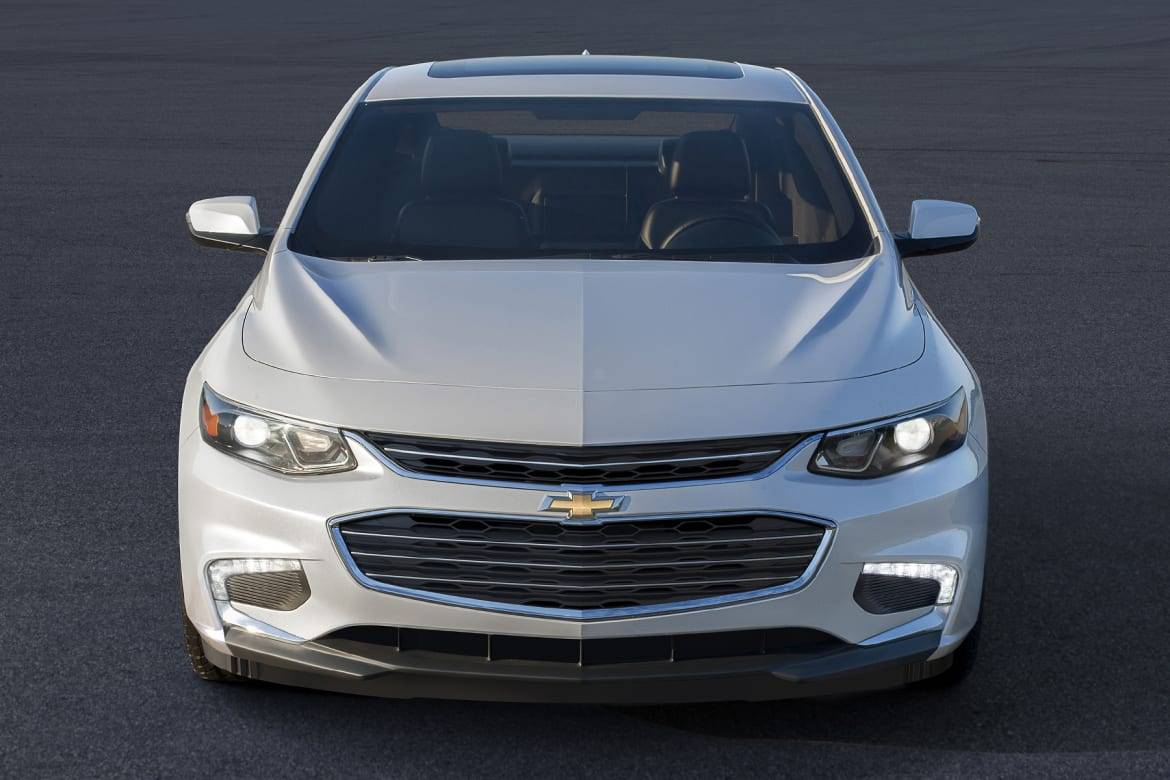
Exterior & Styling
Malibu designers admitted the previous generation had a big problem that kept it off many shoppers’ consideration list: misguided styling. The solution is almost unrecognizable as a Malibu. The 2016 is a clean-sheet redesign with an all-new platform and — thankfully — starkly different styling. You can’t slap Camaro taillights on a sedan to add sporty flair; what you get instead is the past-generation Malibu — a jarringly awkward mish-mash of brand styling.
For 2016, designers took the edge off, literally, with smooth curves and rounded shapes replacing the previous gen’s chunky, chiseled silhouette. It still has family resemblance — but to a more appropriate relative, recalling the Impala’s stately face and shapely trunk lid. The new design is distinctive in a class of cars that look a lot alike.
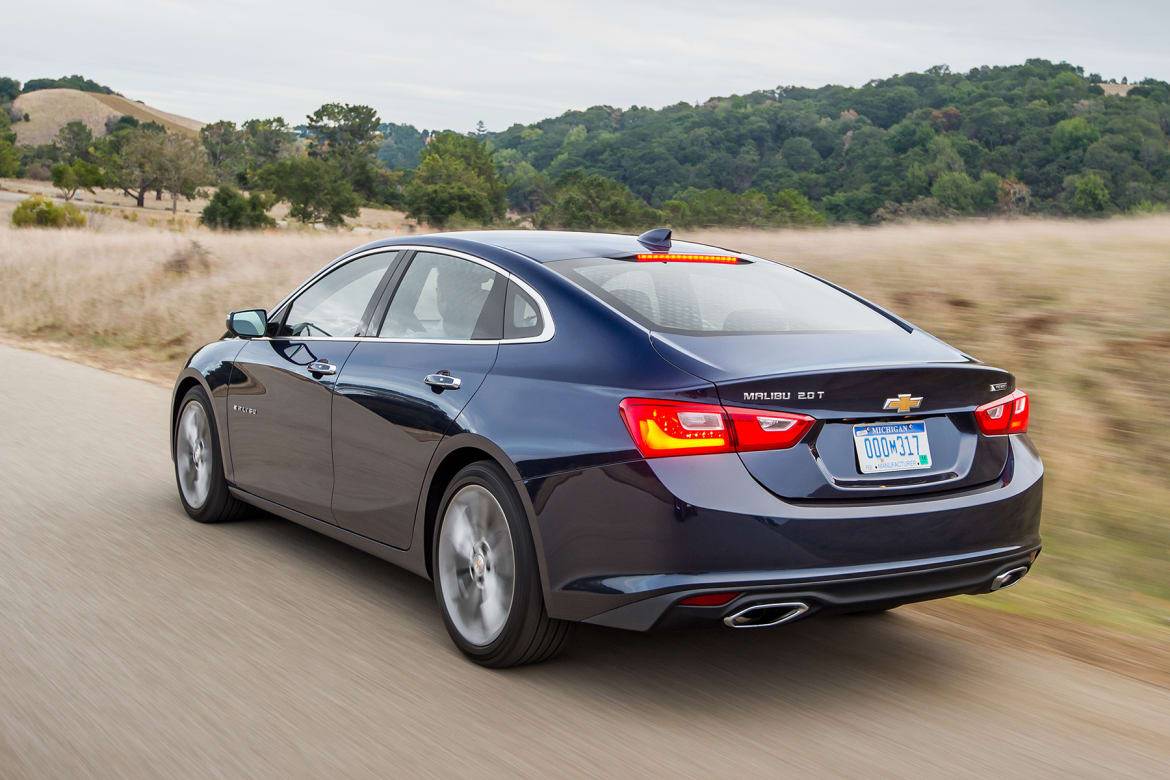
How It Drives
Power from the new base turbocharged 1.5-liter four-cylinder is unexpectedly robust from a stop with great low-end torque for confident takeoffs. It’s fun around town, but there’s not much left over for highway passing and merging. However, the solid, predictable six-speed automatic transmission furnishes more power steadily and without complaint on the highway; it’s not quick, but never sounds or feels strained, and engine noise is well-muted. The engine’s standard automatic stop-start feature is impressively unobtrusive, with a subtle shutdown and a graceful, shudder-free restart.
The available turbocharged 2.0-liter four-cylinder is quicker off the line and has a lot more reserve power. It pairs with a new eight-speed automatic that can feel busy at times, with several abrupt, quick shifts as you accelerate from a stop, though it’s responsive on the highway with prompt, smooth kickdowns for passing.
The Malibu’s ride is on the firm side, but not uncomfortably so. The Premier model I tested wore optional 19-inch wheels, which added roughness over the 1LT model’s 17-inchers. Road noise was a nuisance in both versions. Bumps are well-damped and body control is excellent, even over railroad tracks. It’s nimble and lively around corners, with firm, direct steering. The brakes also have a reassuring feel with predictably linear reaction.
Fuel economy is now class-competitive. The 1.5-liter is EPA-rated 27/37/31 mpg city/highway/combined, a couple mpg better than the outgoing model’s base 2.5-liter engine, and in line with automatic-transmission base versions of the Accord, Camry and Sonata. The 2.0-liter is rated at 22/33/26 mpg, improved over the previous 2.0-liter’s 21/30/24 mpg rating. Fill-ups will cost more with the 2.0-liter, however; it prefers premium gas. I did not get an opportunity to test the new Malibu Hybrid, but its EPA estimates impress: 48/45/47 mpg.
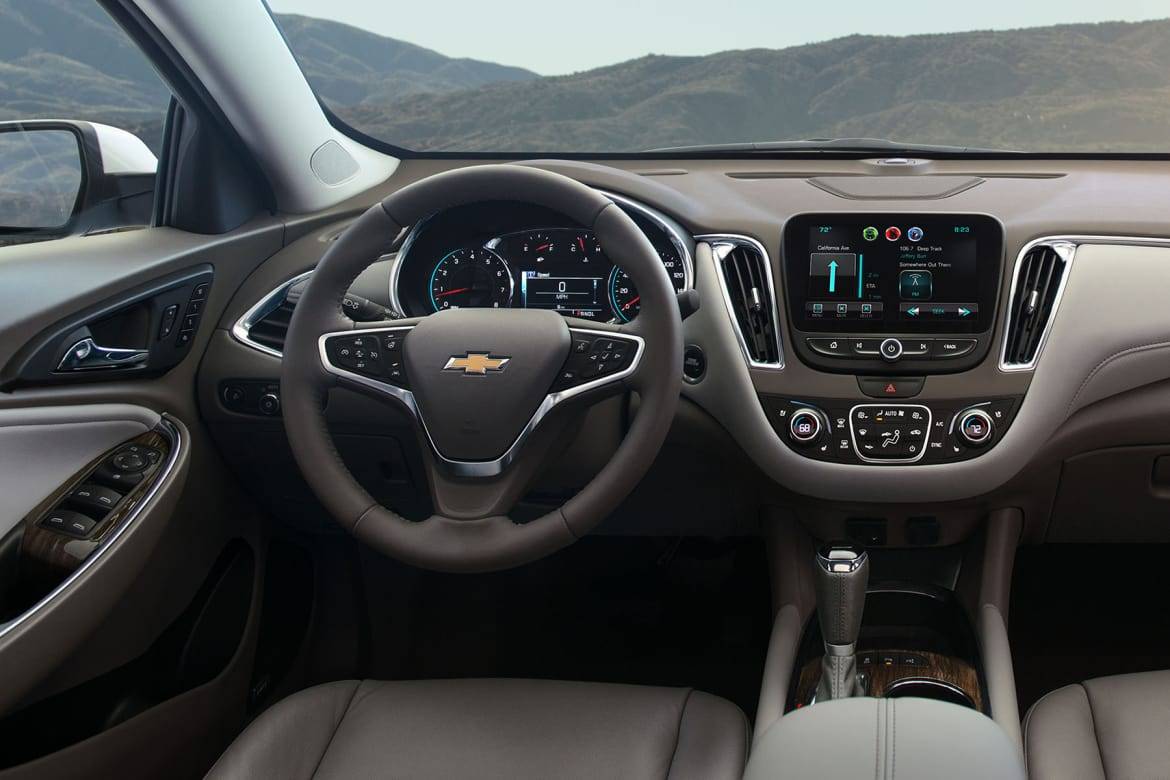
Interior
My test topline Premium model wore plenty of cushy, padded plastic along with upscale leather seats and surfaces; stitching and perforation on the dash as well as satin-finish chrome trim add pops of class. Fake wood trim, however, looked like just that and cheapened the ambiance. Unfortunately, the LT model goes further down that road. Much like the carpeting on the walls of a Holiday Inn banquet room, the swatches of patterned upholstery lining the dash will likely look dated before the car leaves the dealership.
Where the cabin really shines is in the backseat. It’s much roomier; something the previous gen’s competitors handily beat it on. Rear legroom increased by 1.3 inches and that extra bit matters. It now has almost as much rear legroom as the Accord and Camry and more than the Hyundai Sonata. Two adults will be comfy in back, and the Malibu easily accommodates two child-safety seats. Ample space and easy-to-access lower Latch anchors add a measure of family-friendliness to the sedan.
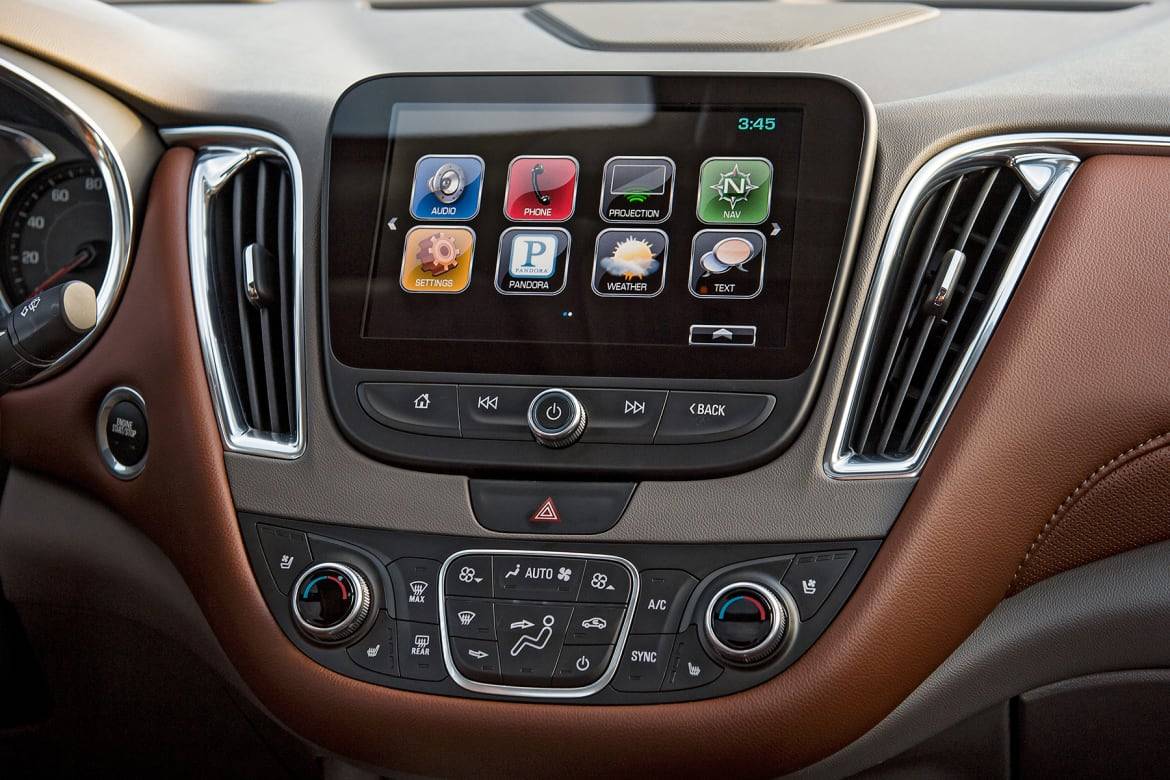
Ergonomics & Electronics
Tired of scratching your head at complicated, irritating multimedia systems? Apple CarPlay and Android Auto are the answer and might just be the demise of the built-in navigation system. Plug in your smartphone and its navigation display and functionality are mirrored on the car’s screen, its turn-by-turn guidance and voice activation piped through the audio system. The integration is seamless and painless.
However, in this case the MyLink multimedia system is nothing to run from; it’s delightful with a large, clear screen high on the dash above sizable radio-tuning buttons and a volume dial. Base L models don’t have a screen, midlevel LS and LT versions use a 7-inch unit and the top Premier trim has an 8-inch setup. The touch-sensitive screen doesn’t respond to touch as quickly as a traditional touch-screen, but its responsiveness was better than that of the previous model. I found the screen’s placement high on the dash an aid to visibility, but some editors object to its upward tilt.
There’s no learning curve to using the audio and nav functions, and large Home and Back buttons add menu clarity when using the system. Gratefully, climate functionality hasn’t been integrated; separate controls live below the screen.
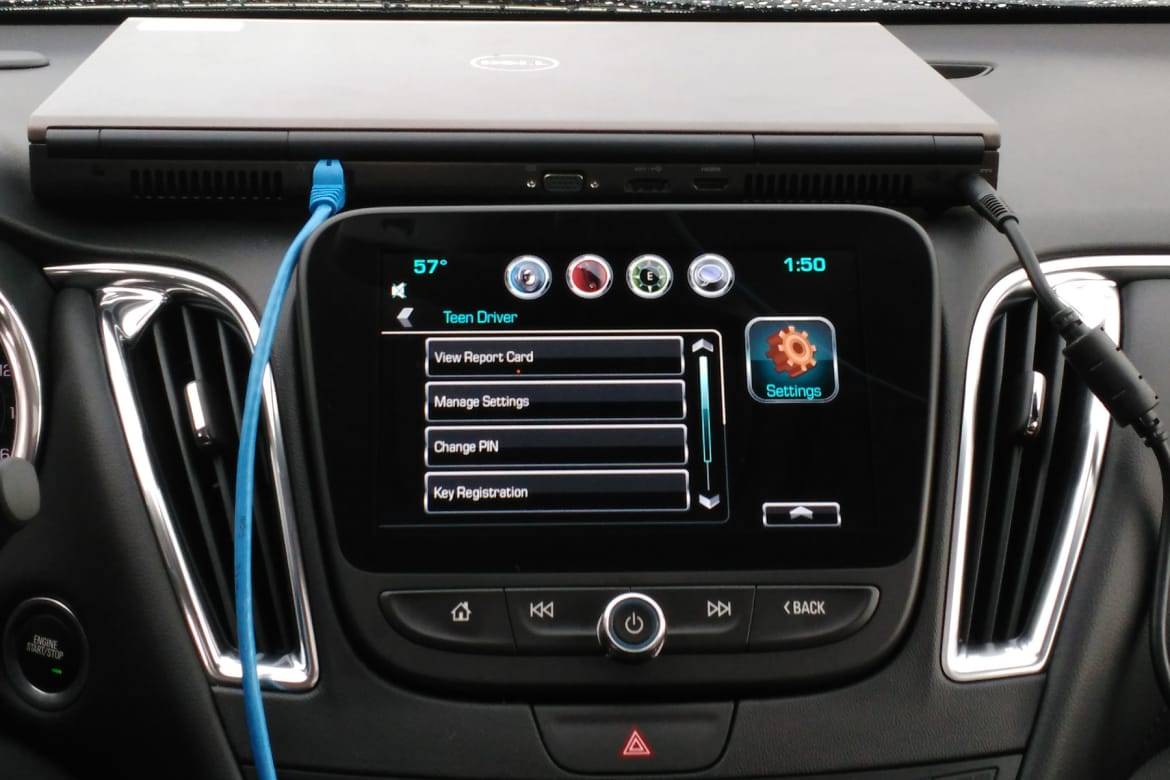
Safety
The 2016 Malibu offers a Volvo-like amount of safety equipment, including a low-speed front automatic braking system that detects pedestrians as well as cars, adaptive cruise control, automatic parking assist and an excellent Lane Keep Assist system. The latter gently and firmly nudges you back into your lane if it senses wandering. It’s subtle but effective and less annoying than more aggressive systems.
Another innovative feature gathers information from those systems to help keep teen drivers safe — a problem, given that the National Highway Traffic Safety Administration reports that the top cause of death for teens is car crashes. The 2016 Malibu is the first to offer GM’s new Teen Driver system, which allows parents to view their kids’ driving habits on the multimedia screen. Speed, distance and which safety systems were activated during their trip are displayed. Parents can also set a maximum speed limit with a corresponding audible warning when it’s exceeded as well as set the audio system to mute until seat belts are fastened. Unlike similar systems from Ford and Hyundai, however, it does not set location boundaries, a feature called geofencing. Another shortcoming is the inability to view the results from anywhere other than the car’s multimedia screen.
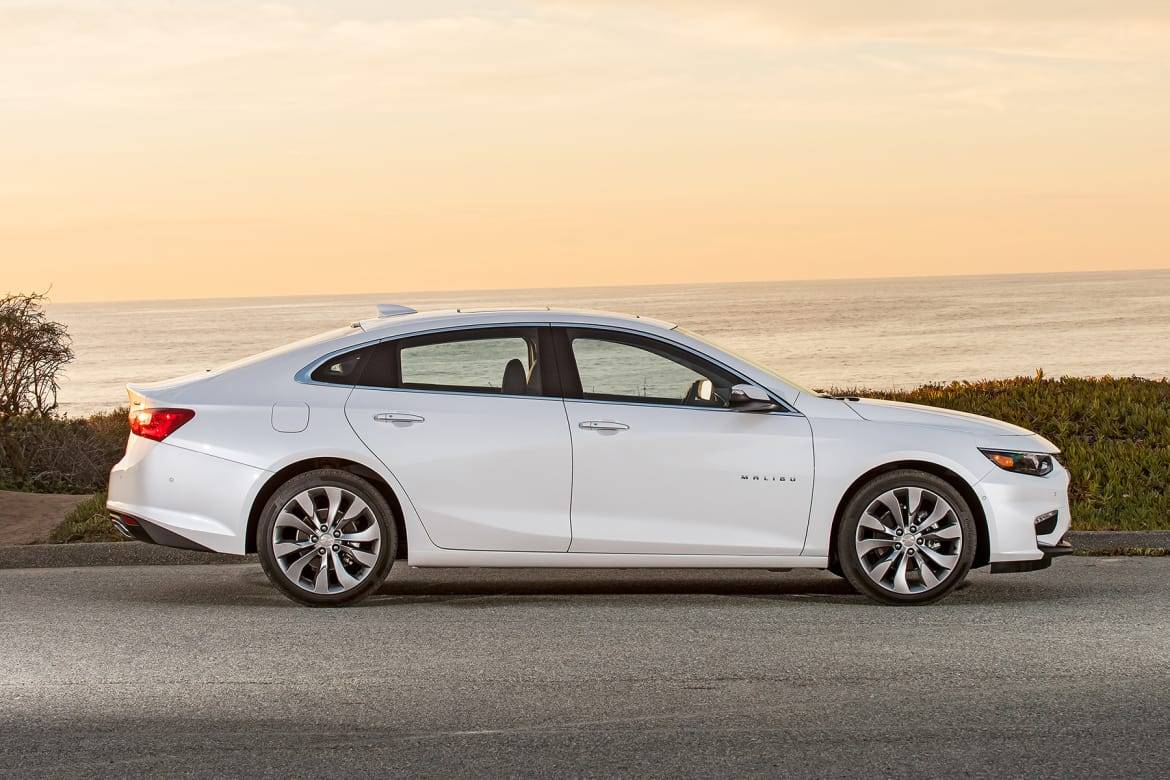
Value in Its Class
The 2016 Chevrolet Malibu starts at $22,500, including a destination fee. Many sedans in the midsize class are comfortable and likable, but the new Malibu can also add stylish, refined and efficient to its resume. Against the heavy hitters, the 2016 Chevrolet Malibu trumps the Camry and Accord in style and powertrain polish; shoppers should take notice.
Stay tuned for more on the Malibu’s features and how it measures up to the competition in my upcoming full-length review.

News Editor Jennifer Geiger joined the automotive industry in 2003, much to the delight of her Corvette-obsessed dad. Jennifer is an expert reviewer, certified car-seat technician and mom of three. She wears a lot of hats — many of them while driving a minivan.
Featured stories
